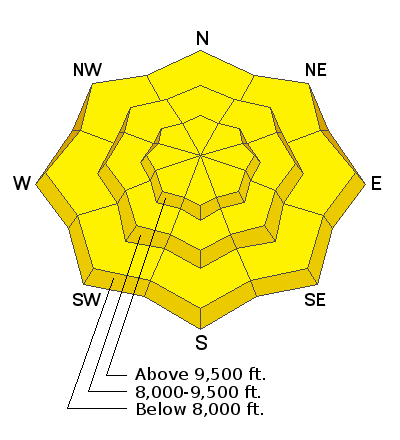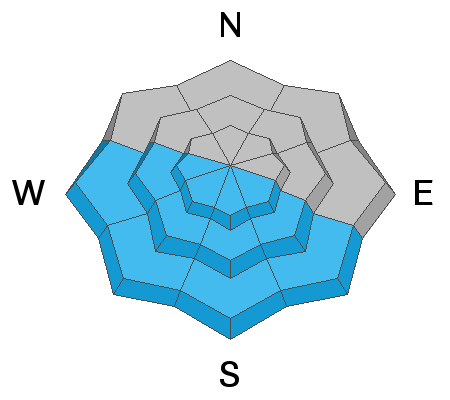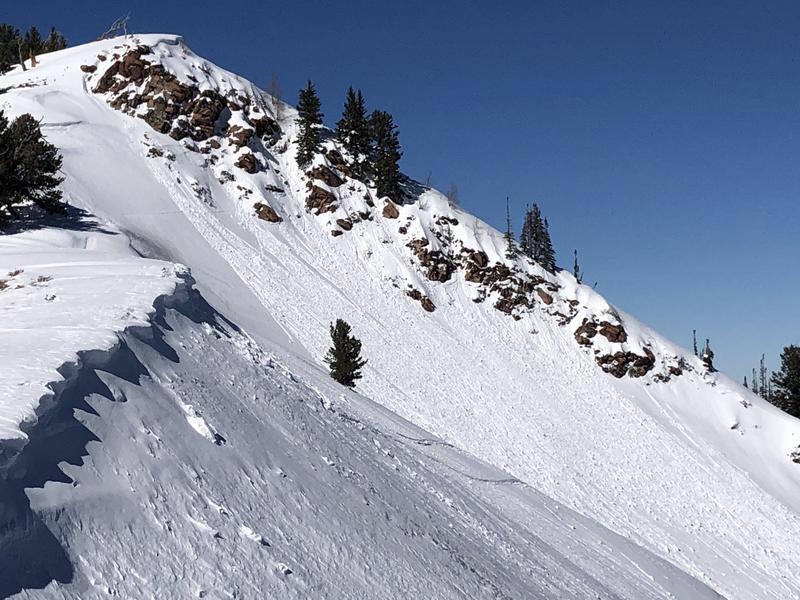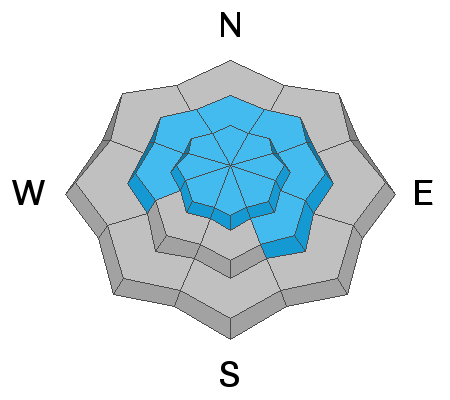Forecast for the Provo Area Mountains

Issued by Mark Staples on
Tuesday morning, March 2, 2021
Tuesday morning, March 2, 2021
Today the avalanche danger is MODERATE. On southerly and west-facing slopes, wet avalanches of loose snow will become possible as the snow surface warms and becomes wet.
On all upper elevation slopes and most mid-elevation slopes (except south and southwest facing) there remains a chance of triggering a hard slab avalanche on a deeply buried persistent weak layer.
On all upper elevation slopes and most mid-elevation slopes (except south and southwest facing) there remains a chance of triggering a hard slab avalanche on a deeply buried persistent weak layer.

Low
Moderate
Considerable
High
Extreme
Learn how to read the forecast here









